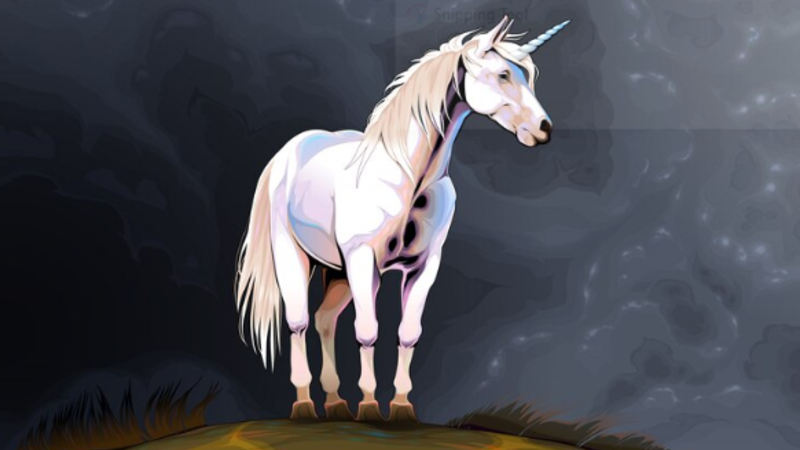Drawing horses can be both a challenging and rewarding artistic endeavor. Their majestic presence and intricate anatomy offer a unique subject for artists at all levels. This article provides a detailed guide on drawing horses, including techniques, tips, and common mistakes to avoid.
Table of Contents
ToggleUnderstanding Horse Anatomy
The Horse’s Structure
Before you start drawing a horse, it’s crucial to understand its anatomy. Horses have a complex structure that includes their skeletal and muscular systems. The key to a realistic drawing is capturing these details accurately. Focus on the horse’s proportions, such as the length of the legs, the size of the head in relation to the body, and the overall balance.
Key Body Parts
- Head: The horse’s head is relatively large compared to its body. It has a distinctive shape with a long, straight profile and prominent eyes. The ears are mobile and can rotate to show different expressions.
- Neck: The neck is powerful and muscular, connecting the head to the body. It has a gentle curve that is more pronounced in some breeds than others.
- Body: The horse’s body is long and deep, with a pronounced ribcage and a powerful hindquarters. The chest should be broad, and the back should be strong and straight.
- Legs: The legs are long and slender, with well-defined joints. Pay attention to the different segments: the upper leg, the lower leg, and the hoof. Each part has its unique shape and function.
- Tail: The tail is long and covered with a tuft of hair. It can be straight or slightly curved, depending on the breed.
Basic Drawing Techniques
Sketching the Outline
Start by sketching the basic outline of the horse. Use light lines to map out the general shape and proportions. Begin with simple shapes like circles and ovals to represent the head, body, and joints. This initial sketch will serve as the foundation for more detailed work.
Adding Details
Once you have the basic outline, begin adding details. Refine the shape of the head, neck, and body. Add the legs, paying close attention to the joints and muscles. Draw the mane and tail, considering the flow of the hair.
Shading and Texture
Shading adds depth and realism to your drawing. Observe the light source and apply shading accordingly. Use different pencil grades to achieve various textures, such as the smoothness of the coat and the roughness of the hooves. Blend the shading to create a natural look.
Advanced Techniques
Capturing Movement
Horses are dynamic animals with fluid movements. To capture this, study reference images or observe live horses. Pay attention to the way their muscles and joints move. Practice drawing horses in different poses and gaits to improve your ability to depict motion.
Drawing Different Breeds
Different horse breeds have unique features. For example, draft horses are heavy and muscular, while thoroughbreds are lean and athletic. Research the specific breed you want to draw to accurately represent its characteristics.
Incorporating Backgrounds
Adding a background can enhance your drawing by providing context. Whether it’s a simple field, a stable, or a more elaborate scene, make sure the background complements the horse without overwhelming it. Use perspective to create a sense of depth.
Common Mistakes to Avoid
Overemphasizing Details
While details are important, avoid overemphasizing them at the expense of overall proportions. Focus on getting the basic shape and structure right before diving into finer details.
Ignoring Proportions
Proportions are crucial in achieving a realistic drawing. Pay close attention to the size and placement of each part of the horse. Use reference images to check your proportions regularly.
Neglecting Anatomy
A good understanding of anatomy is essential for a realistic drawing. Don’t skip the study of muscles and joints. Proper anatomy helps in creating a more believable and dynamic depiction of the horse.
Conclusion
Drawing horses is a fulfilling artistic challenge that combines technical skills with creative expression. By understanding horse anatomy, mastering basic and advanced drawing techniques, and avoiding common mistakes, you can create stunning and accurate representations of these magnificent animals. Keep practicing, and don’t be afraid to experiment with different styles and techniques to find your unique artistic voice.
